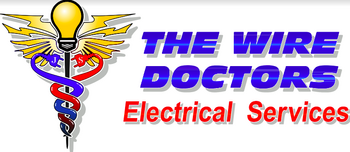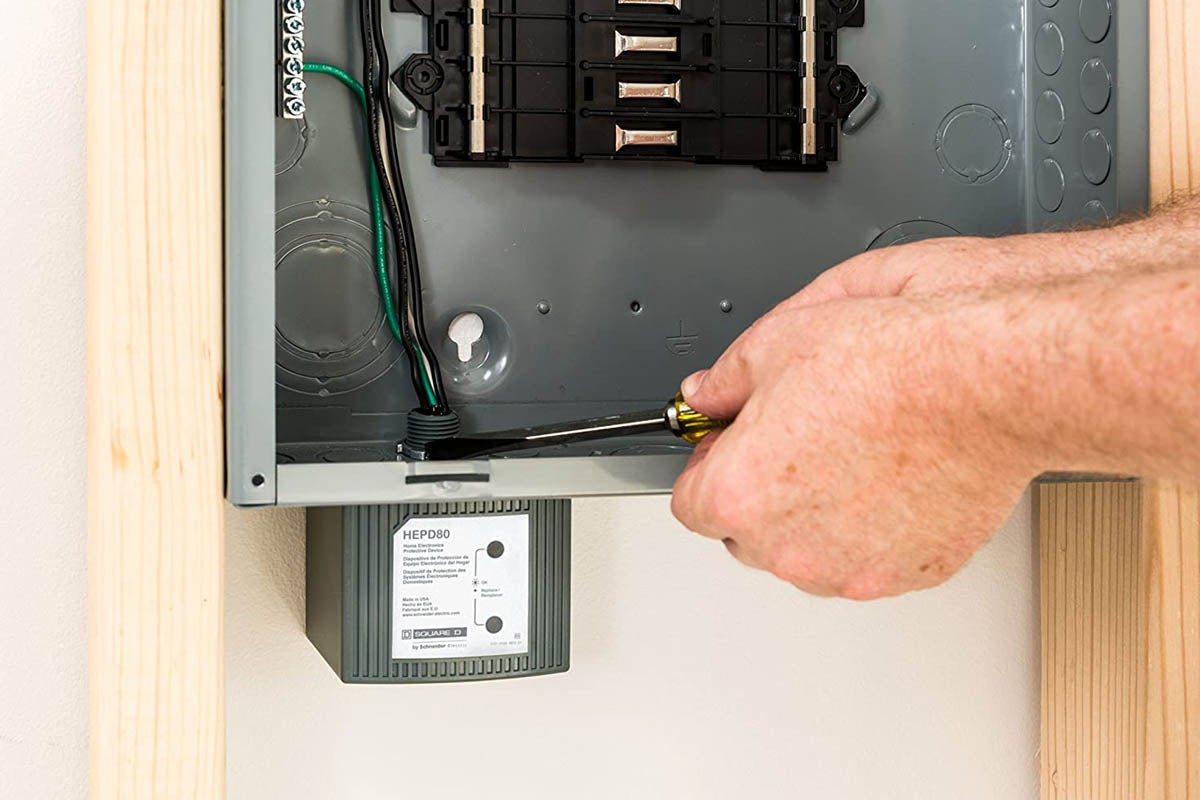Whole-Home Surge Protectors
Protect Your Home from Damaging Power Surges
- Surge Protectors Repair
- Surge Protectors Installation
- Surge Protectors Replacement
Request This Service
Need An Electrician?
(800) 373-7005
Call us today to set up an appointment and have one of our expert technicians come out and go over surge protection options with you.
Areas We Serve:
Have you ever had to replace an electrical device or appliance because a voltage spike or power surge damaged it? This replacement can be a costly inconvenience, but the good news is that it’s avoidable in the future. Whole-house surge protection acts as a defense against voltage spikes, protecting your home’s electrical devices from damage.
What is a Whole-House Surge Protector?
Home surge protectors, sometimes called panel surge protectors, are created to help prevent serious complications in the event of a power surge. Unlike plugin types, these whole-home protectors can help prevent the surge from entering your home entirely, and instead, divert the energy into an outside grounding system.
We recommend installing a surge protector if you:
- Have frequent power outages or brown outs.
- Notice that the lights are starting to flicker, especially during storms or times of high energy use
- Use generators or motors on a regular basis
- Are already using surge protectors throughout the house
Panel box surge protectors are more likely to protect every electrical appliance inside your home and safely protect you, your family, and your electronics.
The Benefits of Whole-House Surge Protector Installation
Having a whole-house surge protector installed in your home provides several benefits for your house and the electrical appliances it contains:
- Cost Effectiveness
- Simple Repair or Replacement
- Low Maintenance Costs
- Surge Protector vs. Power Strip
- Service Entrance Surge Protection
Want More Information About Whole-House Surge Protectors Installation, Repair or Replacement?
Call Us at 800 373 7005
F.A.Q.
Frequent Questions
Where do you place a surge protector?
Often, they are located near the coax entry point or near the transmitting equipment itself. The logic being that it keeps them as close to the reference ground point as possible in order to provide the best path to ground when the MOVs clamp.
Is it okay to plug an extension cord into a surge protector?
Using an extension cord with a surge protector is a fire hazard at worst, and at best, runs the risk of damaging or degrading the cords of either component. Don’t use a high-current surge protector with a low-current cord.
When should a surge protector be installed?
Under this regulation, any board feeding emergency lighting or fire alarm panels must have surge protection installed. This is because if this equipment was to be damaged, it could mean a potential injury to people within the building.
Can you plug appliances into surge protector?
Never use power strips or surge protectors for high-power capacity items such as, space heaters, dehumidifiers, or other high-capacity appliances. Plug them directly into a wall outlet.


